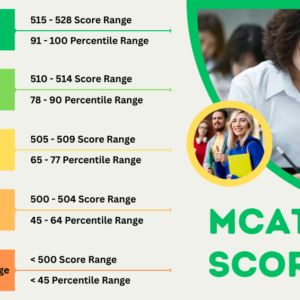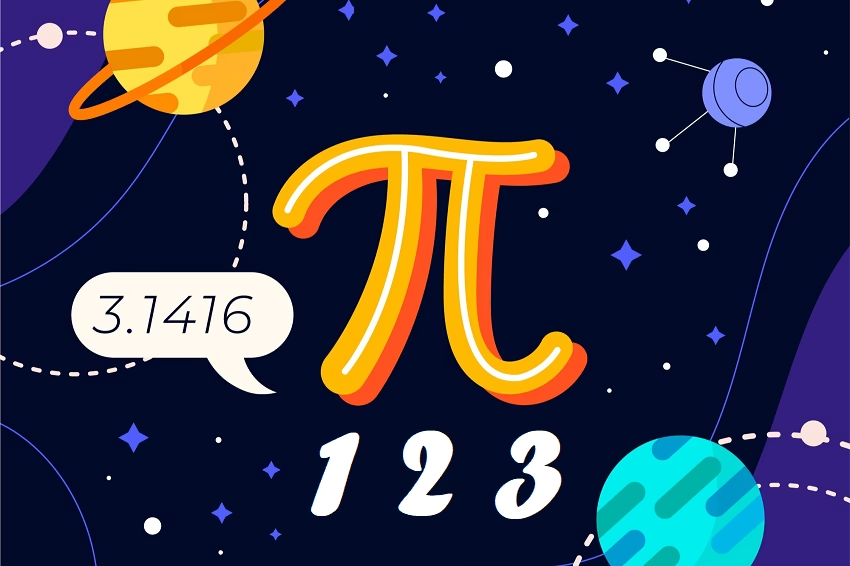Singapore has become a “laboratory of math teaching” by incorporating established international research into a highly effective teaching approach. With its emphasis on teaching pupils to solve problems, E Singapore math teaching is the envy of the world.
At a glance
- Singapore consistently top the international benchmarking studies for math teaching.
- A highly effective approach to teaching math based on research and evidence.
- Builds students’ mathematical fluency without the need for rote learning.
- Introduces new concepts using Bruner’s Concrete Pictorial Abstract approach.
- Pupils learn to think mathematically as opposed to standards formulas they don’t understand.
- Teaches mental strategies to solve problems such as drawing a bar model.
- Singapore developed a new way of teaching math following their poor performance in international league tables in the early 1980’s. The Singapore Ministry of Education decided to take the best practice research findings from the West and applied them to the classroom with transformational results.
- Based on recommendations from notable experts such as Jerome Bruner, Richard Skemp, Jean Piaget, Lev Vygotsky, and Zoltan Dienes, E Singapore math is an amalgamation of global ideas delivered as a highly-effective programme of teaching methods and resources.
- The effectiveness of this approach is demonstrated by Singapore’s position at the top of the international benchmarks such as TIMSS and PIRLS and explains why their programme is now used in over 40 countries including the United Kingdom and the United States.
- Learn more about the teaching methods from Singapore including our approach to bar modelling, and number bonds.
Math – No Problem! has helped hundreds of schools and parents teach the world-class methods from Singapore and we can use our expertise to help your school too. The Math — No Problem! Primary Series was assessed by the DfE’s expert panel, which judged that it alone met the core criteria for a high-quality textbook to support teaching for mastery. Programme based on established theories.
E Singapore math is an amalgamation of global ideas delivered as a highly effective programme of teaching methods and resources. The approach is based on recommendations from notable experts such as Jerome Bruner, Bruner studied how children learned and put forward the Concrete Pictorial Abstract approach to learning. He also coined the term “scaffolding” to describe how children build on the information they have already mastered. In his research on the development of children (1966), Bruner proposed three modes of representation: concrete or action-based (enactive representation), pictorial or image-based (iconic representation) and abstract or language-based (symbolic).
Based on his findings, Bruner proposed the spiral curriculum: a teaching approach in which each subject or skill area is revisited in intervals at a more sophisticated level each time. Using this technique of a spiral curriculum, material is presented in a logical sequence. Initially a concept is enacted with “concrete” materials, later it is represented by models (pictures) and then by abstract notation (such a plus or equals sign). These learning theories are the basis of the Concrete Pictorial Abstract approach which runs throughout the Math — No Problem!
International research
E Singapore math has produced a world-class level of achievement for many years. Singapore students scored first in the past three Trends in International Mathematics and Science Studies.






